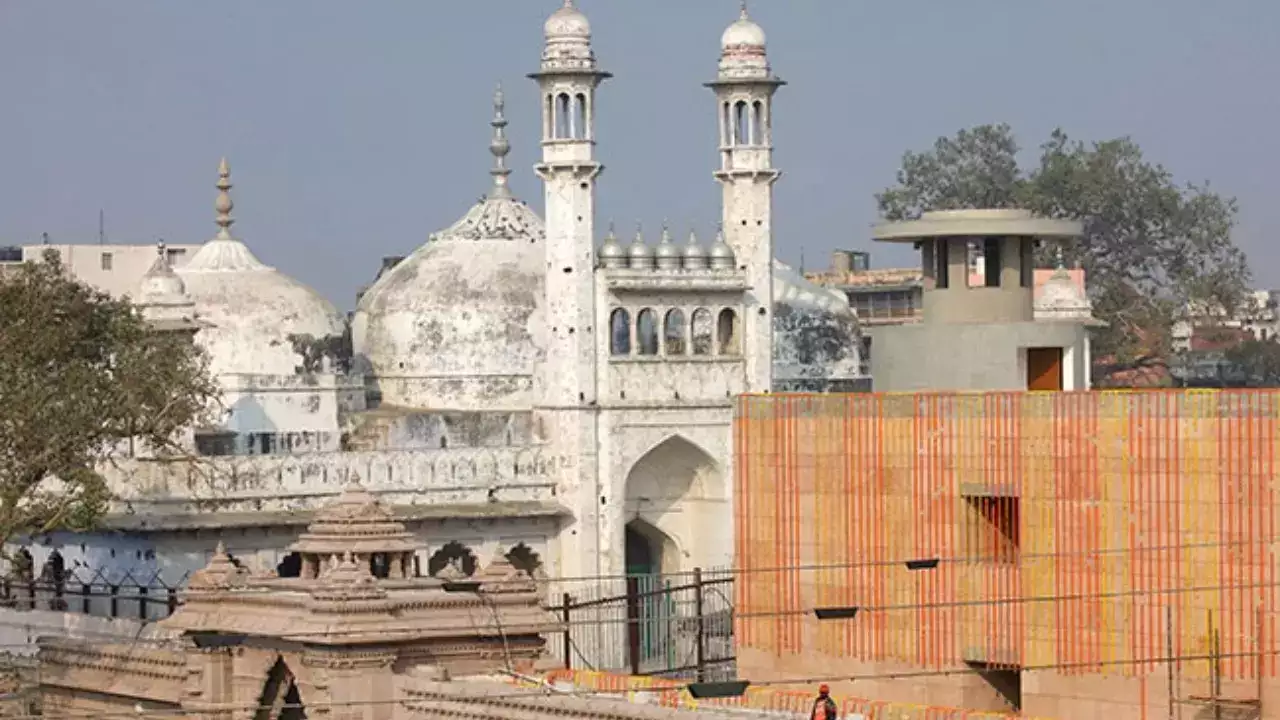News Highlight
The Supreme Court frowned upon more and more petitions being filed challenging the Places of Worship Act.
Key Takeaways
- The petition has challenged the validity of sections 2, 3, and 4 of the 1991 Act, claiming that it takes away the right of judicial remedy of Hindus, Jains, Buddhists and Sikhs to take back their places of worship and pilgrimage and property which belong to the deity.
- The petition alleged that the Centre violated its legislative powers by barring the remedy of judicial review, a basic feature of the Constitution.
- The plea alleged that the Act is “void and unconstitutional” for many reasons. It infringes on the rights of Hindus, Jains, Buddhists and Sikhs to manage, maintain and administer the places of worship and pilgrimage.
Background of the Act
- P.V Narasimha Rao’s government enacted in September 1991, a special law to freeze the status of places of worship when the Ram temple movement was at its peak.
- The Act was enacted to defuse the simmering communal tension in the country.
Places of worship Act
- The Act states that a place of worship’s religious nature must remain the same as it was on August 15, 1947.
- It says no person shall convert any place of worship of any religious denomination into one of a different denomination or section.
- It declares that all litigation, appeals, or other proceedings ongoing before any court or authority on August 15, 1947, involving converting the status of a place of worship, will cease as soon as the law takes effect. There will be no more legal action taken.
- Key Provision of the Act
- Section 3 of the Act: It bars the conversion, in full or part, of a place of worship of any religious denomination into a place of worship of a different religious denomination, or even a different segment of the same religious denomination.
- Section 4(1): It declares that the religious character of a place of worship shall continue to be the same as it existed on August 15, 1947.
- Section 4(2): Any suit or legal proceeding with respect to the conversion of the religious character of any place of worship existing on August 15, 1947, pending before any court, shall abate — and no fresh suit or legal proceedings shall be instituted.
- Section 5: The Act shall not apply to the Ramjanmabhoomi-Babri Masjid case, and to any suit, appeal or proceeding relating to it.
- Section 6: It prescribes a punishment of maximum three-years imprisonment along with a fine for contravening the provisions of the Act.
Exemptions from the act
- Ancient and historical monuments and archaeological sites and remains that are covered by the Ancient Monuments and Archaeological Sites and Remains Act, 1958.
- A suit that has been finally settled or disposed of; and any dispute that has been settled by the parties or conversion of any place that took place by acquiescence before the Act commenced.
- The Act also does not apply to the place of worship commonly referred to as Ram Janmabhoomi-Babri Masjid in Ayodhya. This law will have an overriding effect over any other law in force.
Criticisms of the Act
The law has been challenged on the ground that it bars judicial review, which is a basic feature of the Constitution, imposes an “arbitrary irrational retrospective cutoff date”, and abridges the right to religion of Hindus, Jains, Buddhists and Sikhs.
Supreme Court’s view on the Places of worship Act
- In Ayodhya Verdict, the Supreme Court upheld that the Act reflects the secular values of the Constitution and strictly prohibits retrogression.
- Each religious community is assured that their places of worship will be preserved and their character will not be altered.
- The law addresses the state as much as every citizen of the country, and its norms bind those who manage the country’s affairs at all levels.
Pic Courtesy: Times of India
Content Source: Indian Express



